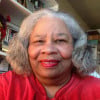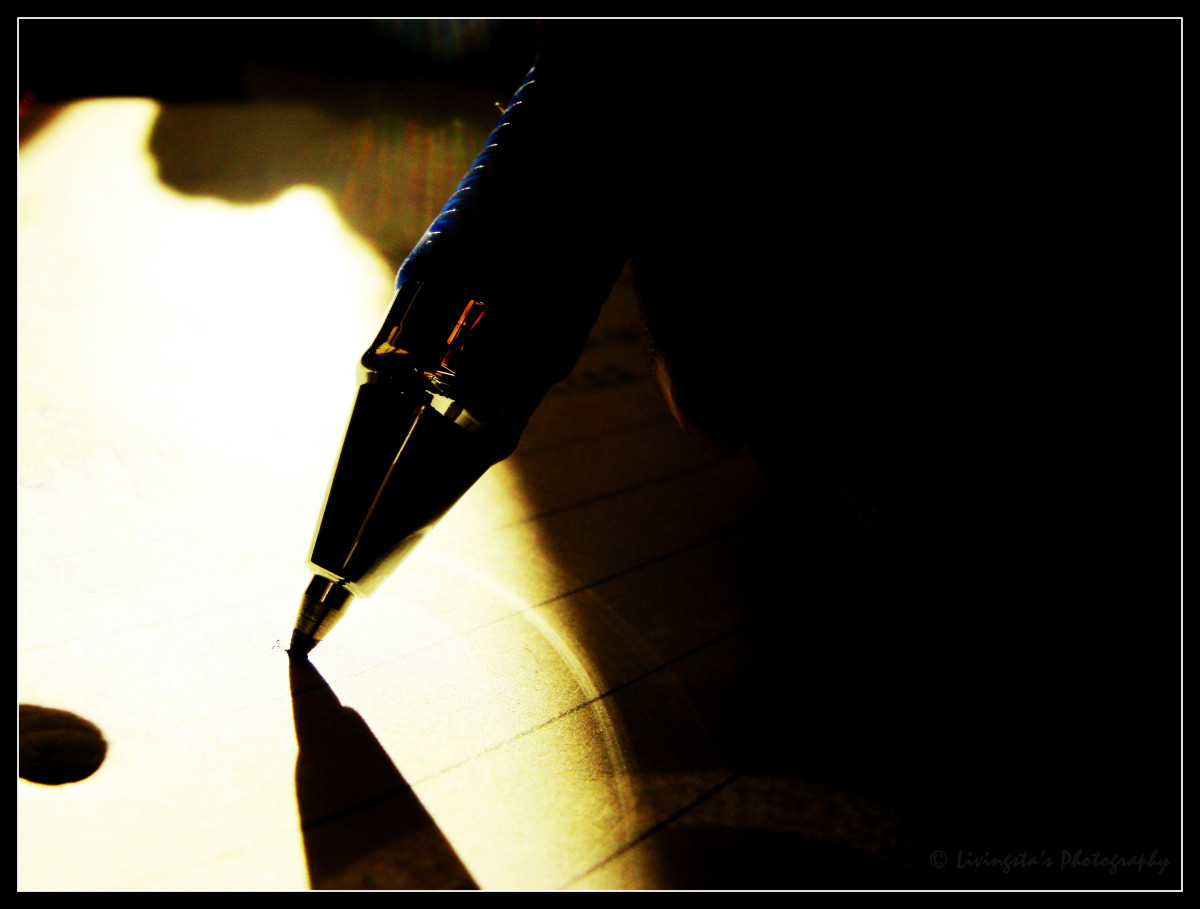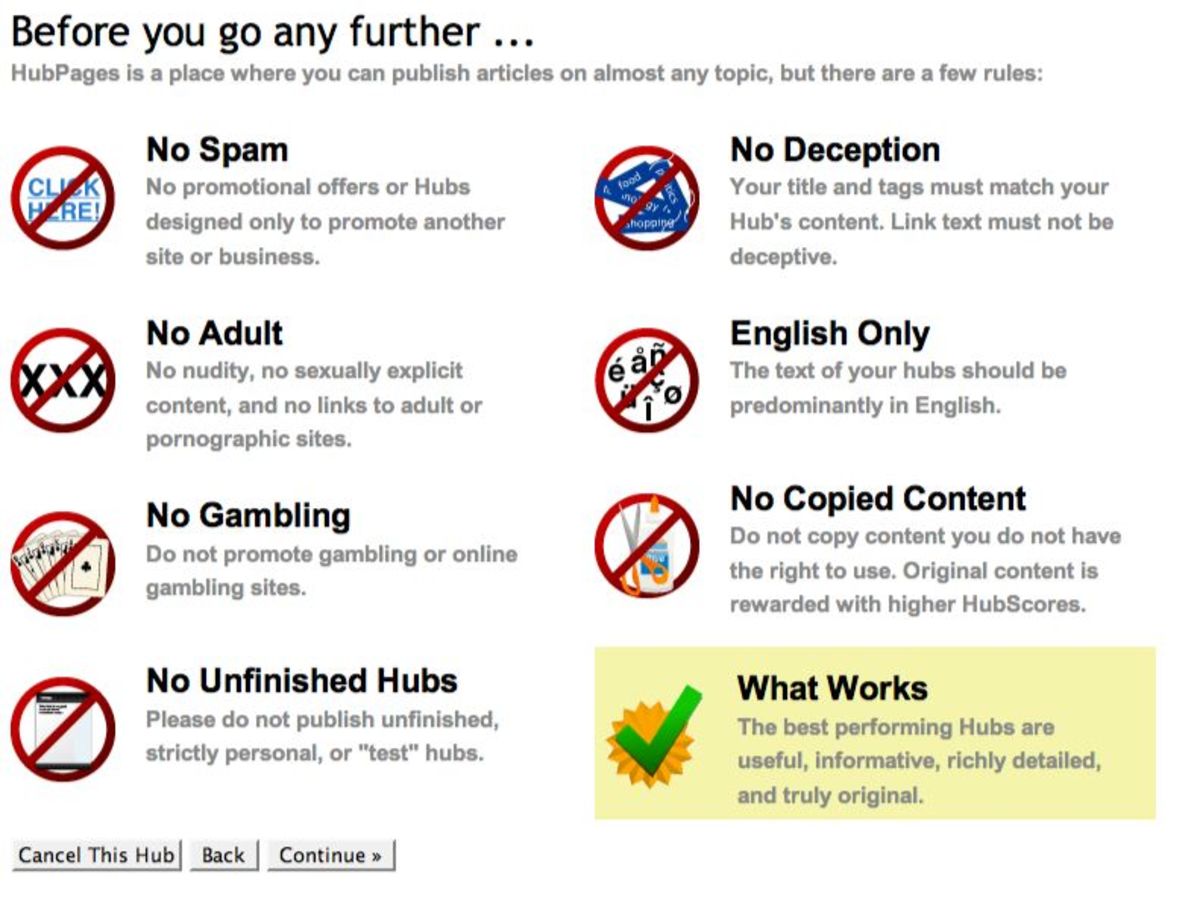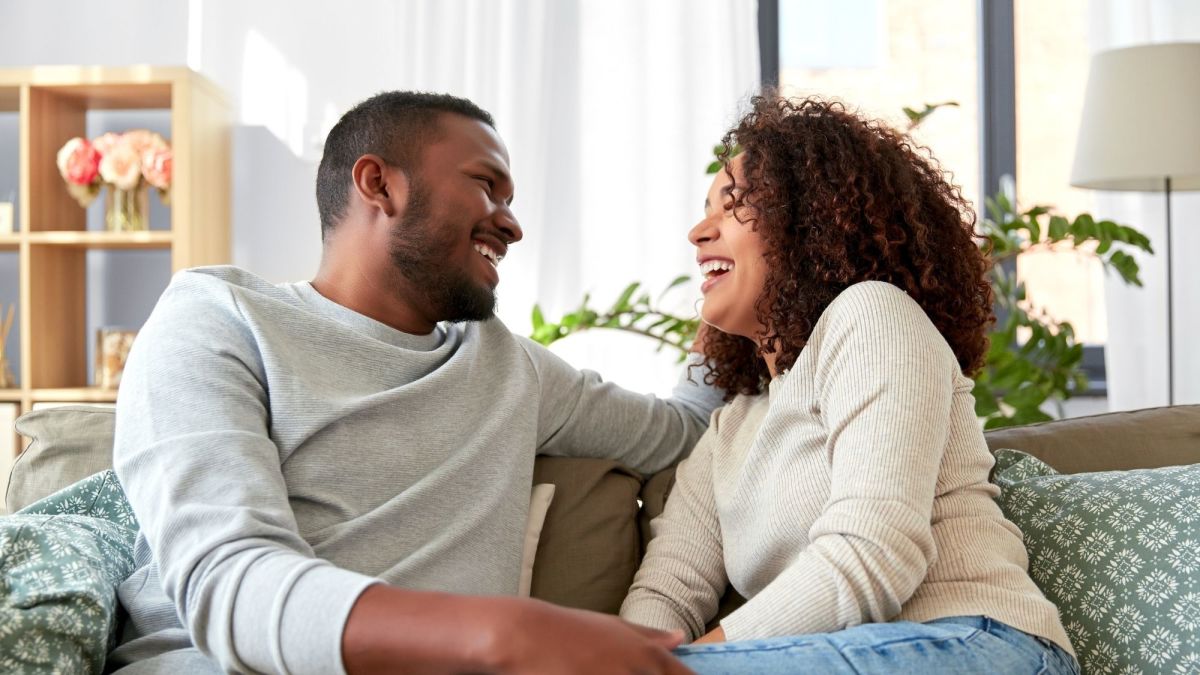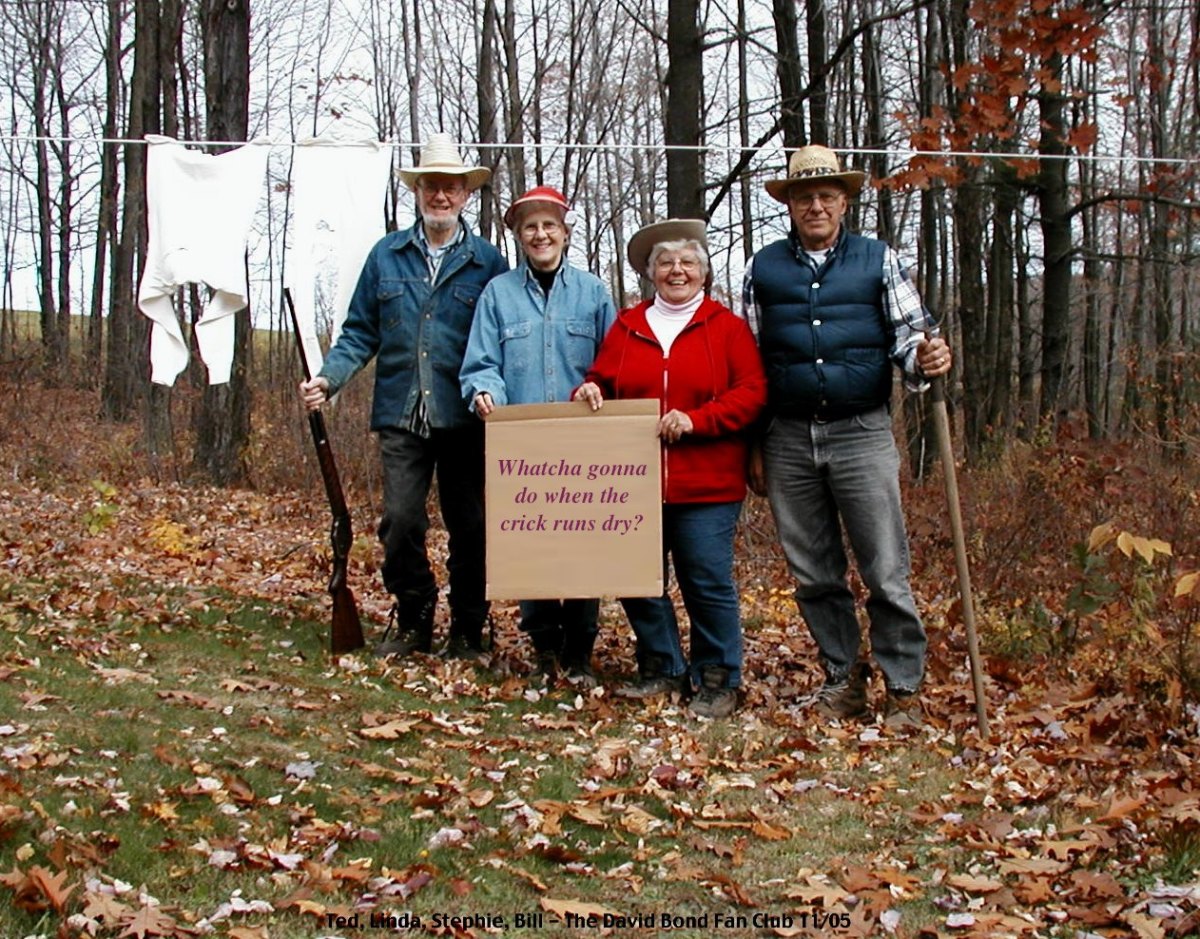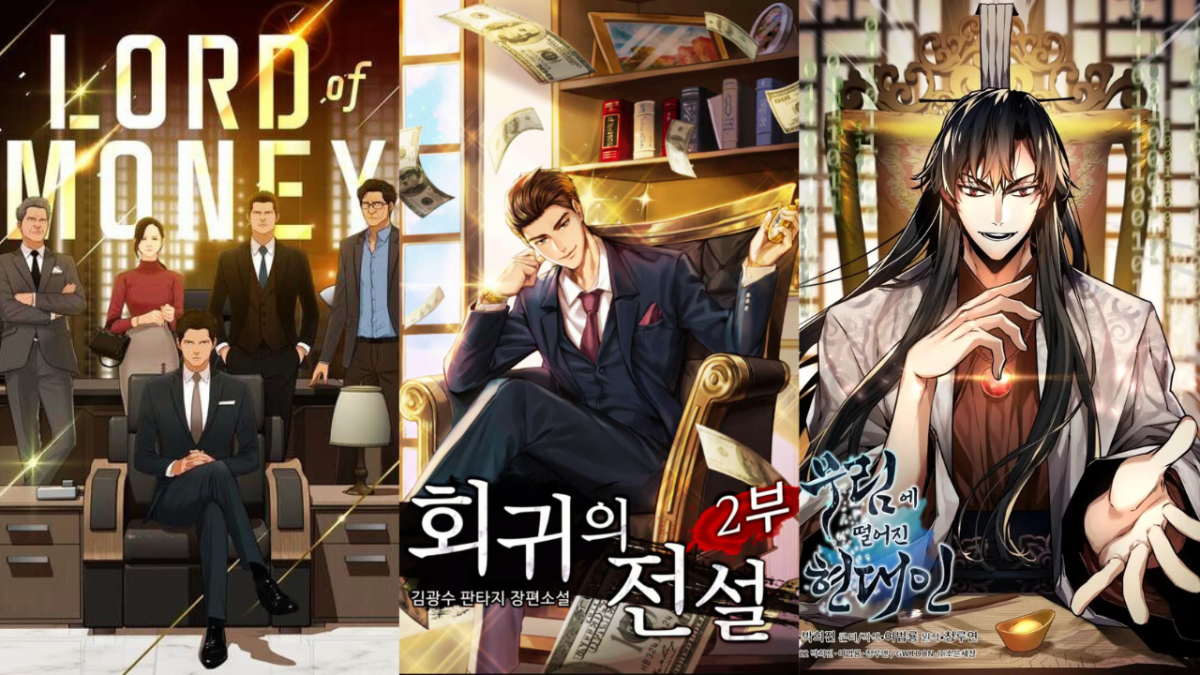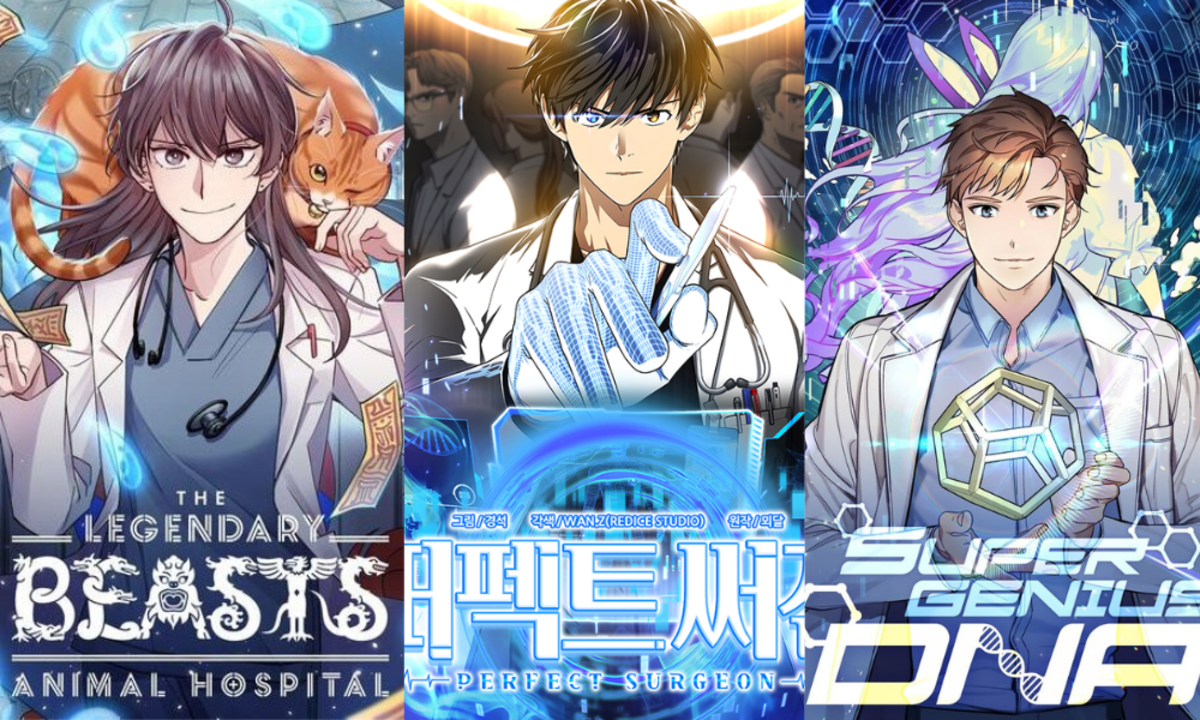Book Club: Rules for Effective Discussions
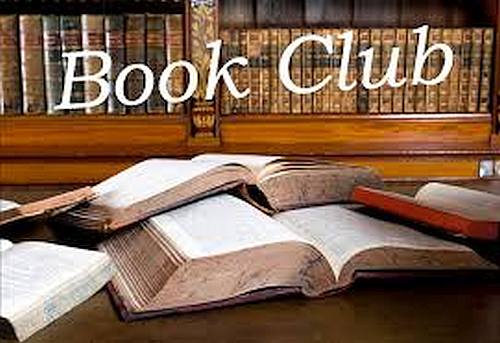
Many people are involved in book discussions. However, there is no structure to most book discussions unless there is a very good facilitator who knows how to keep the discussion flowing and bring out the important points.
Below are suggested guidelines to follow to get the most out of any book discussion whether you are facilitating and just participating in the discussion.
It goes without saying that in order to get the most out of book discussions, you must read the book. You can't have an opinion about the book unless you have read it.
So, read and enjoy the book and prepare yourself in the following ways to contribute to the discussion.
Guidelines to Get the Most Out of Any Book Discussion
- Be on time. You miss out on the introduction if you are late. Also, it is a distraction to others if you arrive after the discussion has started.
- Notify someone in the group if you know you will be absent or late.
- Look at the cover of the book before reading the book. While reading the book, see if you can match the picture on the cover with the corresponding scene in the book.
- Remember the title as you are reading. What bearing does it have on the book? Is it a quote from the book? Is it based on a main character in the book? Is it a particular scene in the book? How does the title relate to the overall theme of the book?
- Identify the genre of the book; i.e. its literary type: romance, history, comedy, biography, etc. Certain things are common in each particular genre.
- Who is the main character? What role does the main character play in the development of the book?
- Consider how the main character is connected to all the other characters. How are their stories connected?
- Follow the storyline through the eyes of the main characters.
- At the end of the book, see how the problems are solved, and notice if all the stories are concluded, or if some are left hanging.
- Pay attention to recurring themes throughout the book. What happens over and over again?
- Remember the setting at the beginning of the book. Compare it to the setting at the end of the book.
- What characters only have a cameo appearance? Even so, how is that character related to the rest of the story? In other words, why is that character in the story at all? Sometimes it is to help make a transition to something more important, and it is the author’s way of using that character to get the reader from one scene to another.
- Notice the way the author describes certain scenes.
- Is the main character alone, with another person, with a group of people, etc.? If so, how are the other characters described?
- Notice forces of nature and how they are described. (raining, snowing, wind blowing, sunny day, etc.)
- Notice certain main events that occur: weddings, funerals, celebrations of any kind, holidays, etc. Pay attention to the details.
- Notice the mode of communication: one-on-one conversations, telephone conversations, letter writing, etc.
- Who was your favorite character? Why?
- Who was your least favorite character? Why?
- Who could have been left out of the book without destroying the overall theme of the book?
- Were you satisfied with the ending of the book? Would you have ended the book the way the author did? Or could you have written a better ending? If so, what would your ending be?
- Does the ending cause you to want the author to write a sequel to continue the story? If so, what do you think the second book should include?
- Would you recommend the book to others? Why or why not?
- What parts of the book did you enjoy the most?
- What parts of the book did you enjoy the least?
- Which character could you relate to the most?
- Which character could you relate to the least?
- Is there any particular scene the author left up to your imagination and you would have loved to have been “a fly on the wall” to find out more?

